Refreshing, maybe too much so, Public Services makes it with old style Old Tom Gin – the sweeter gin that predates the London dry gins and that was popular in the 19th century – lemon juice, raw sugar and the sparkling Top Chico all in expert proportions and attractively garnished with a lemon wedge and an unctuous Maraschino cherry from Luxardo. And, served on ice in a tall Collins glass, of course. Both slightly sweet and slightly tart, it’s balanced, cooling and lightly delicious. I haven’t really tasted any of the two ounces of gin in it when, which is a very good sign to me. As quickly as I have consumed them on balmy evenings, I’ve thought it best to limit myself to just one before moving to something more contemplative, i.e. more slowly drinking.
The Tom Collins is $10 regularly and just $6 during happy hour, which agreeably runs from 4:00 to 6:30 Monday through Saturday.
Public Services
202 Travis (at Franklin), (713) 516-8897
publicservicesbar.com

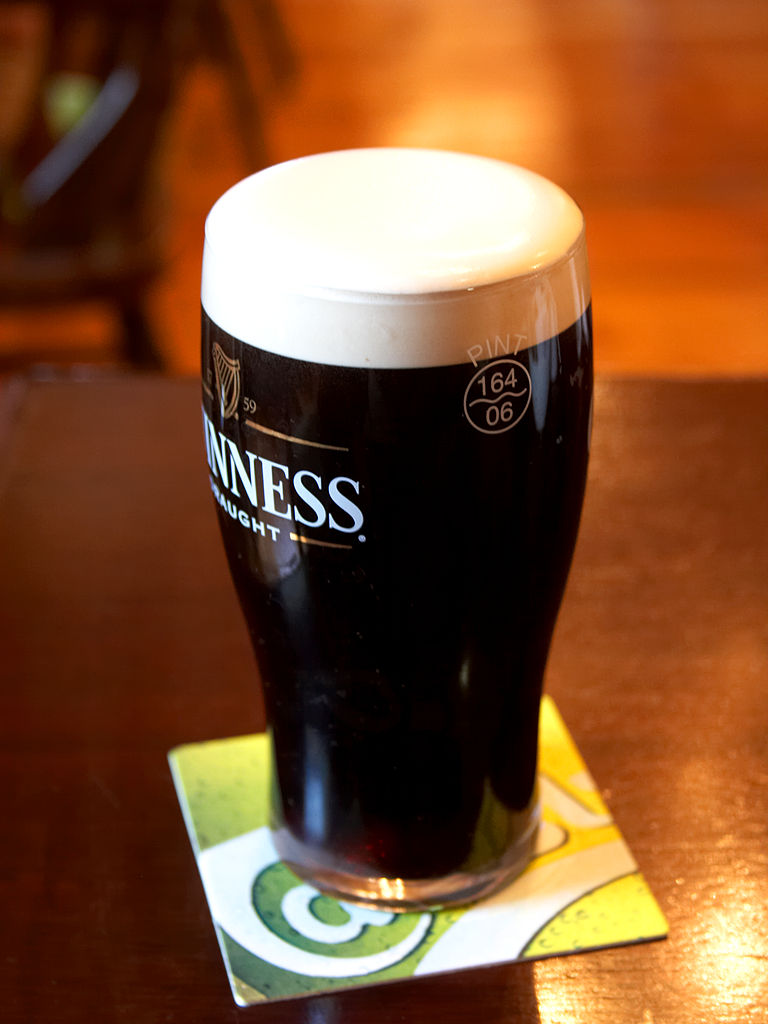
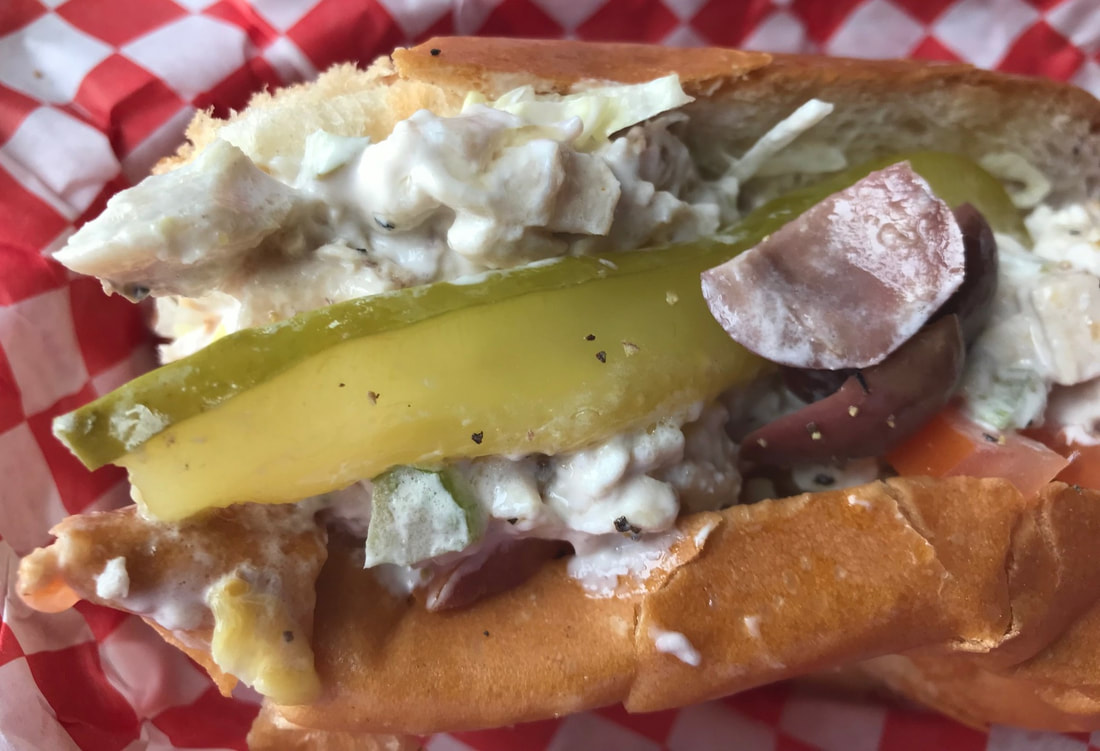
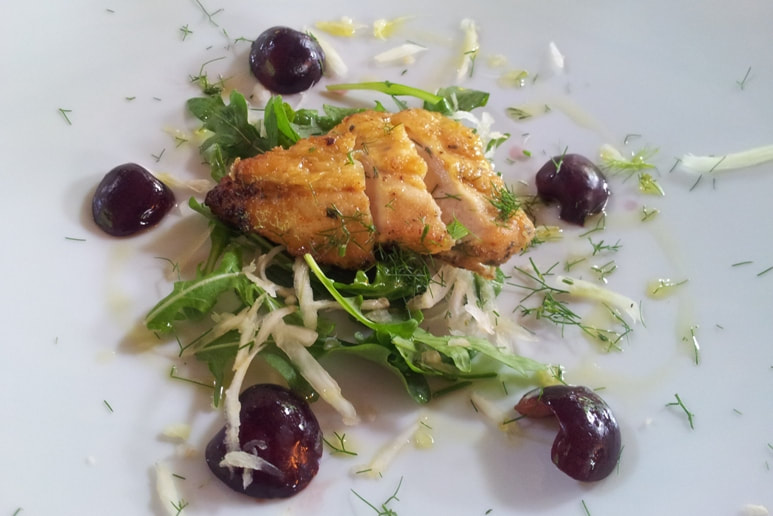
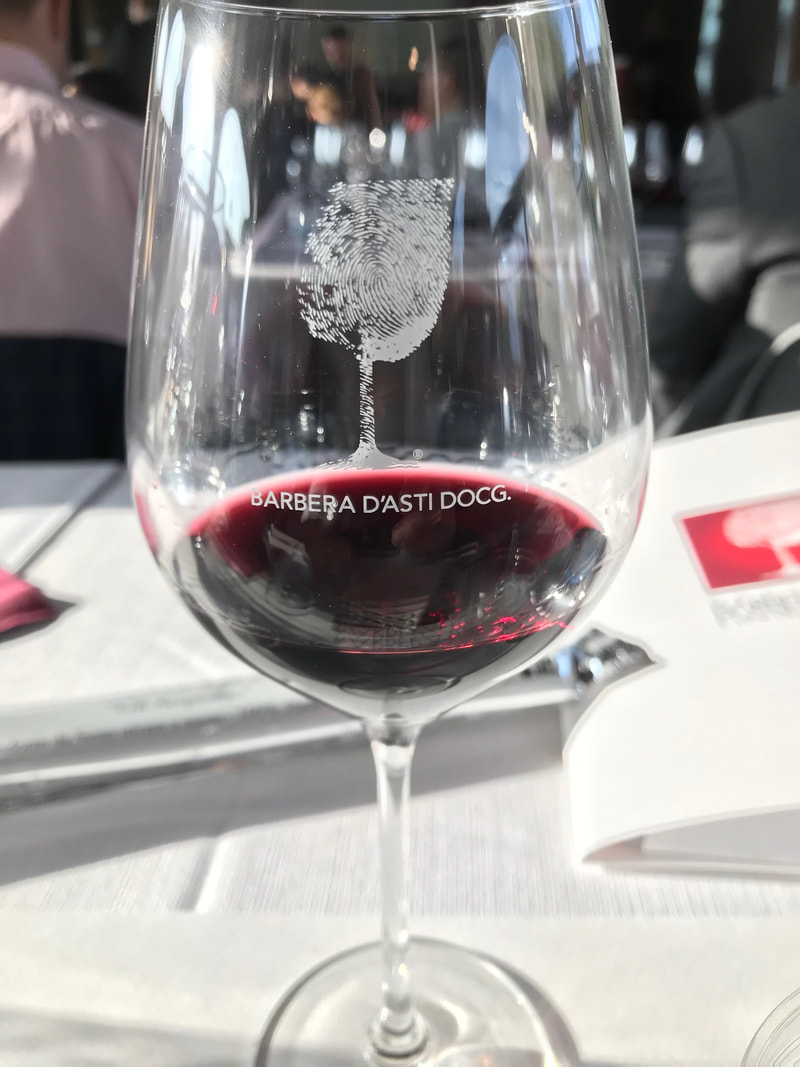
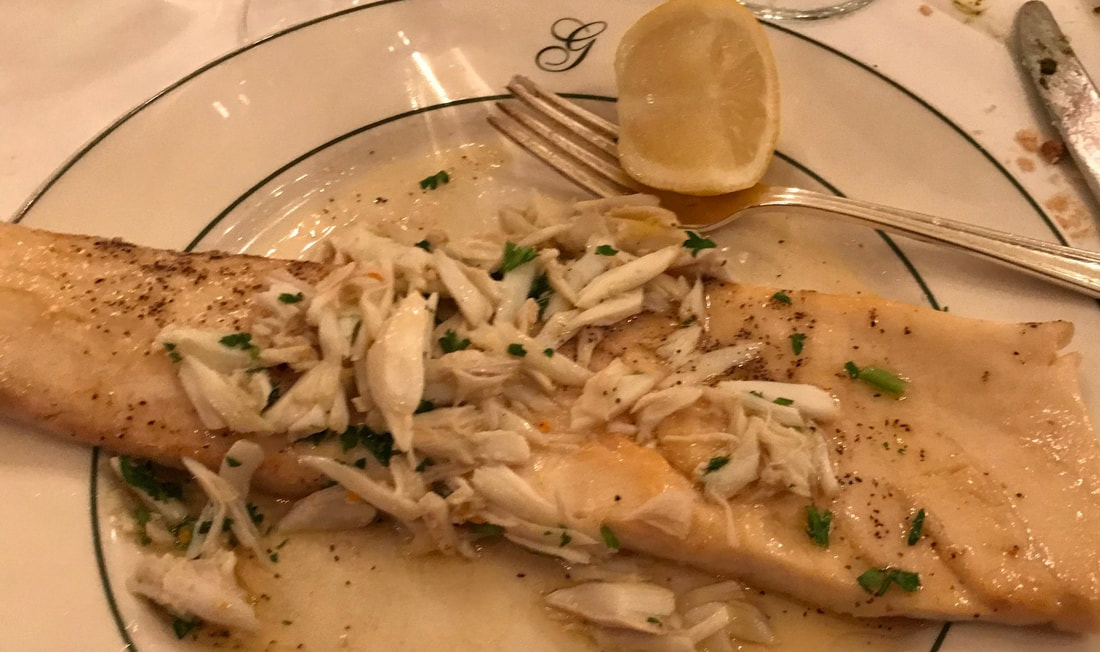

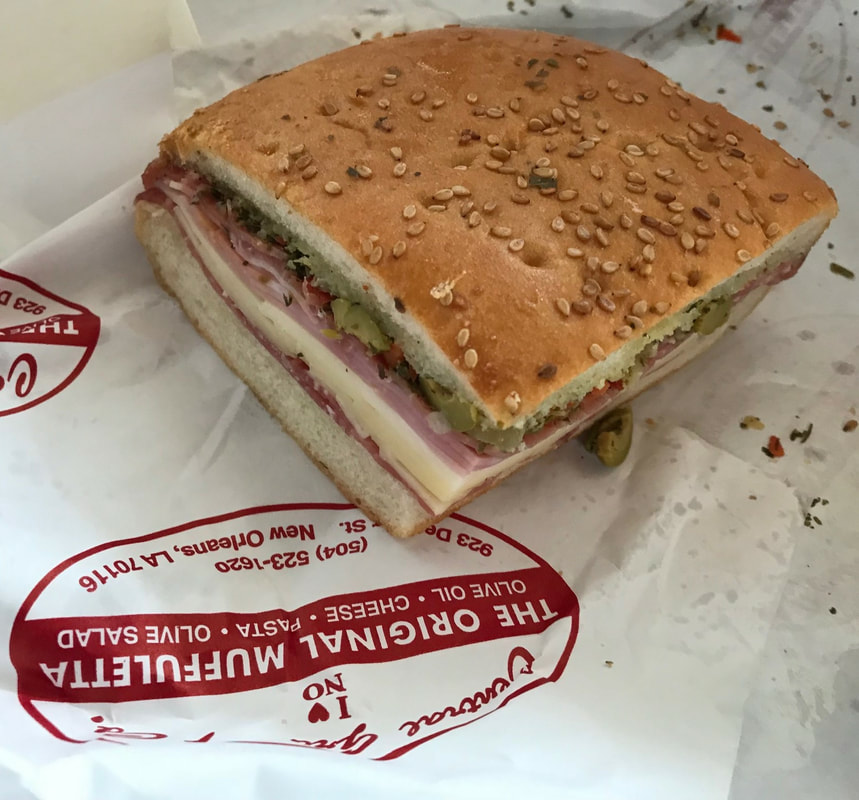
 RSS Feed
RSS Feed

